Passion for Porcelain: Masterpieces of Ceramics from the British Museum and the Victoria and Albert Museum
Introduction
Chinese porcelain stunned Europeans as soon as it became known; no other material could equal its highly resistant surface and transparent white body. The demand for Chinese porcelain reached its peak during the seventeenth and eighteenth century, at the time of thriving commercial exchanges between Asia and Europe. Although Chinese porcelain was traded in much smaller quantities than spices, tea and silk, its introduction into Europe had a huge impact on European culture, social life and economy.
Millions of Chinese ceramic pieces, including dining services, drinking sets, and decorative items for display, were imported by the East India companies and purchased by members of the wealthiest classes for their residences and daily necessities. This trade also stimulated the development of European porcelain factories and the transmission of design, technology and ideas from China to Europe and from Europe to China.
This exhibition celebrates the enduring fascination for Chinese porcelain in Europe, from the centuries when it was eagerly traded and used, until the time when it became a much admired material to be collected by museums and private individuals. The ‘Passion for Porcelain: Masterpieces of Ceramics from the British Museum and the Victoria and Albert Museum’ is the first time that outstanding Chinese and European ceramics from the British Museum and the V&A’s have been displayed together in China.
1 Ming Export Ceramics
-
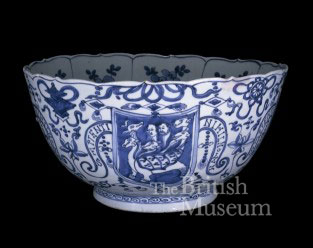
Portuguese merchants pioneered direct trade between Europe and China in the early sixteenth century. Before this, in the Yuan and early Ming dynasties very few porcelains from China were collected in Europe. Dutch and then English traders increased the scale of direct trade in the early seventeenth century.
More >
2 East India Companies
-

During the seventeenth and eighteenth centuries several European countries participated in the China trade with the establishment of national trading enterprises, known as the ‘East India Companies’. The Dutch formed the Dutch East India Company (VOC) in 1602, opening Asian headquarters in Batavia (now Jakarta).
More >
3 Special Orders
-
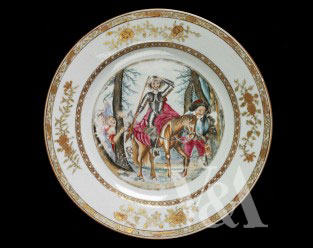
By the turn of the eighteenth century, increasing quantities of Chinese porcelain with special shapes and designs reproduced from European models and sources were commissioned in China. Prints, bookplates and banknotes, as well as coins and objects in ceramics, glass, silver and pewter were taken to China...
More >
4 Special Orders: Armorial Porcelain
-
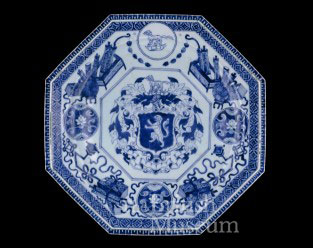
Armorial porcelain succinctly illustrates new consumer markets in Europe, North and South America. There were no fifteenth century armorial porcelains made in China. Heraldic ceramics made between the sixteenth and nineteenth centuries were produced and supplied to particular identifiable customers.
More >
5 Early European Porcelain
-
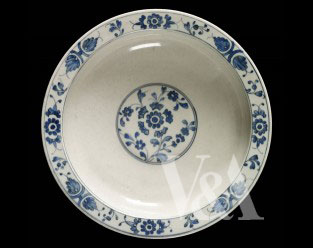
Chinese porcelain was technologically superior to almost all European ceramics made before about 1700. It was hard, dense, white and translucent, and early imports provoked debate about its exact nature and composition. Many immediately recognised it as a ceramic material, and potters across...
More >
6 Chinese Design in the European Tradition
-
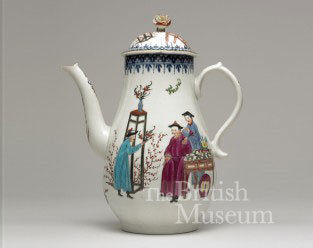
Just as copies of European forms and designs formed part of Chinese trade, so Chinese design reached Europe and was copied there. Sometimes it was closely imitated or emulated: Yixing stoneware teapots were reproduced in both Holland and England in the seventeenth century, and reticulated,
More >
7 European Designs Copied in China
-
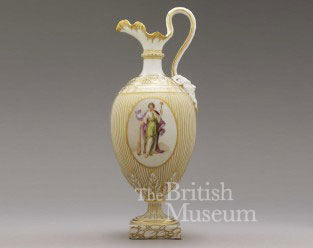
The first Chinese porcelains to reach Europe had Chinese shapes or followed forms developed for Asian export markets. By about 1700 the European East India companies were ordering large quantities of Chinese porcelain made to European design specifications, some of which reproduced or...
More >
8 Chinoiserie
-
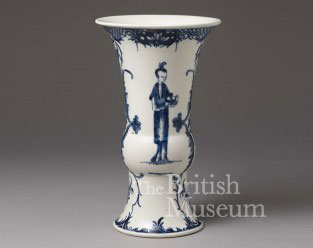
Chinese influence has had a significant impact on European architecture, interior decoration, furniture, metalwork, paintings, textile designs and even gardens, as well as on ceramic productions. It was particularly strong from the late 17th century to the end of the 18th century, although porcelain made in Italy...
More >
9 Chinese Porcelain Mounted or Eenamelled in Europe
-
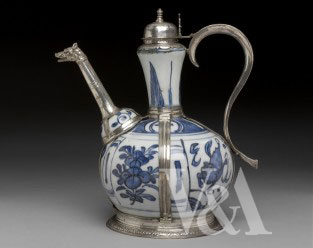
The earliest Chinese porcelains to reach Europe were costly rarities. Like other objects in precious and exotic materials they were often mounted in silver in recognition of, and to enhance, their value and status. This frequently resulted in Chinese wares being given new functions. By combining one or more pieces with metal..
More >
10 Collecting
-
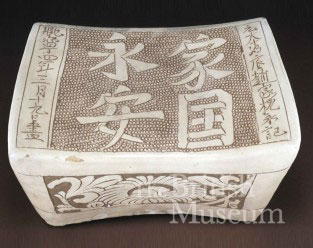
A passion for collecting historical Chinese ceramics grew out of the mania for export wares. London is the main centre outside China for collecting and studying Chinese ceramics, and it is unrivalled in terms of collection history, quantity, quality and diversity of objects. The buzz of excitement surrounding...
More >


